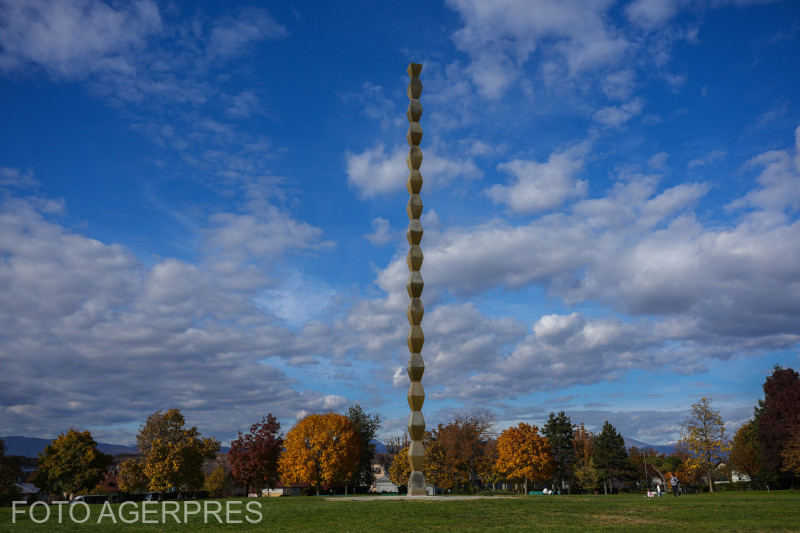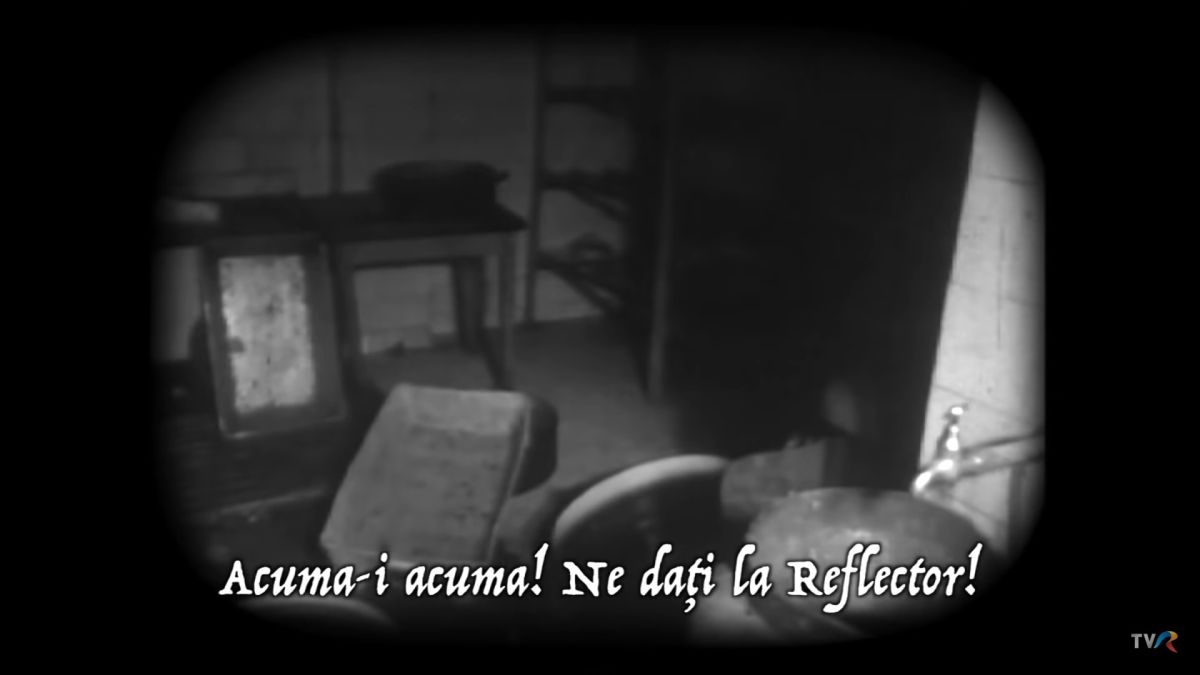30 Years Since The Rebirth of Democracy in Romania
In December 1989, Romanians regained their right to politics

Steliu Lambru, 06.04.2020, 14:06
In December 1989, Romanians regained their right to politics, along with other rights and freedoms. In the first months of 1990, the idea of multiple political parties reappeared in Romania, after 45 years of enforced communism. A new chapter in history started with political involvement after the hardest period in the history of the country, experienced by all of the countries in CEE.
We asked political science professor Ioan Stanomir of Bucharest University to explain the features of the Romanian political parties that sprung up right after 1989. He starts off with the simple fact of their emergence:
“From late December 1989 and early January 1990, we witnessed a phenomenon without precedent over a few decades, with no correspondent during the communist regime, the rebirth of pluralism. Romania does have a particularity, however: the emergence of a hegemonic party that became the state right from the beginning, the National Salvation Front. At the same time, we witnessed the rebirth of democratic parties that were dissolved by the communist regime, and whose members were the subject of merciless political persecution. We are talking about the Christian Democratic National Peasant Party, the National Liberal Party, and the Social Democratic Party.”
This re-invention of the political game defined the profile of Romanian politics in the years to come. It is important to point out that a number of different entities emerged in politics, which were very significant in forming a civic spirit and democratic attitudes in Romania, such as the Group for Social Dialog, and later the Civic Alliance. Ioan Stanomir told us he found a second feature of post-communist Romanian politics, the fragmentation of the electoral choice:
“The normative framework instituted right after the Revolution was designed to allow a political fragmentation. People were talking about forming a political party with just the neighbors living in your building, which was not far from the truth. The reason that the National Salvation Front found this fragmentation important was the division itself, and sowing confusion at the same time.”
The new political environment allowed the creation of very diverse parties, and political analysts believe that this was the reason why they had such huge differences in their aims. This could be seen first in the debates of the Provisional Council for National Union, the first form of parliament that appeared after the Ceausescu regime fell:
“Obviously, there is a fundamental difference between political parties in terms of personal advancement or pursuing ethical and political aims. This political dynamic had very important consequences, first and foremost in the first parliament of Romania after communism, the Provisional Council for National Union. If we look closely, the formula they used was that of parity, half of the seats were allocated to the National Salvation Front and its territorial embodiments, and the other half to other political parties. That way, the National Salvation Front achieved a majority, because a major part of the newly created parties were fences for the Front. For each democratic party there were one, two, or three clones. If we look at the Christian Democratic National Peasant Party, we see how the Democratic Agrarian Party was set up precisely to limit its influence. It was a party representing the interest of the nomenklatura of the former state agricultural complexes. In terms of the National Liberal Party, in order to sow confusion among the voters, another strategy was picked: forming a Liberal Union presided over by a picturesque character, Bratianu, nicknamed the Potato. During election campaigns, he showed up in television studios holding a potato. It had nothing to do with the potato itself, it was about reviving a strategy that was essential between 1944 and 1947, when democratic parties were being cloned and undermined by the Romanian Communist Party.”
During the 30 years since the 1989 change of regime, politics became professional. However, the pre-1989 heritage and its habits continued to exist. Here is Ioan Stanomir once again:
“Professional politics means the emergence of a political elite that has no connection to communist elites became a reality. But the continuity of practices inherited from the communist and immediately post-communist era was also a certainty. I am referring here to something that everyone understands: clientelism. Political parties were the main vehicle for clientelism. That means rewarding faithful servants by giving them positions in public administration, for which usually they have no qualifications at all. Some parties in Romania, I am thinking mainly of the Social Democratic Party, have inherited their political DNA from the National Salvation Front.”
Right now, political parties in the country are undergoing constant change, but they reflect changes in society more often than not.






























